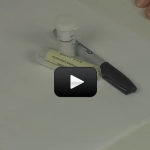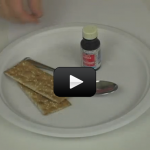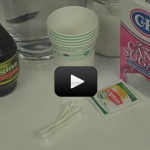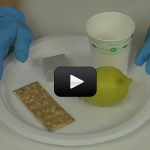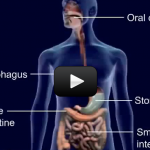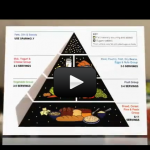The Digestive System
Digestion is broken down into four steps: mechanical digestion (with our teeth), chemical digestion (with our enzymes), absorption (when we take the nutrients into our body), elimination (when we get rid of the waste).
Enzymes are chemicals in our body which make chemical reactions go faster; they are catalysts.
The digestive organ—from mouth to anus—is enormous. On average, it’s over thirty feet long!
Keeping your digestive system healthy involves several things:
- Eating healthy food; making sure to get all the right nutrients and fiber.
- Taking care of yourself if you contract a food-borne illness.
- Drinking lots of water.

